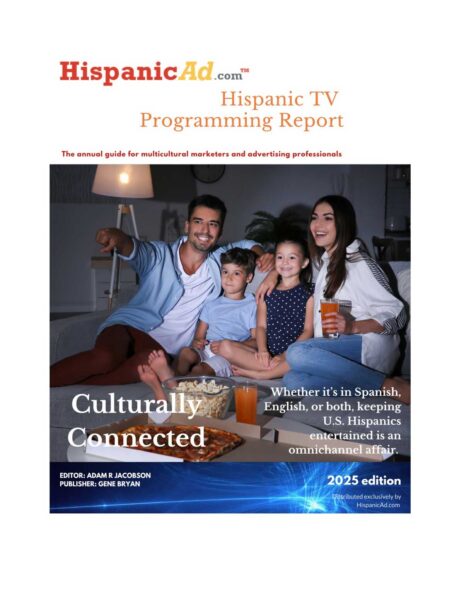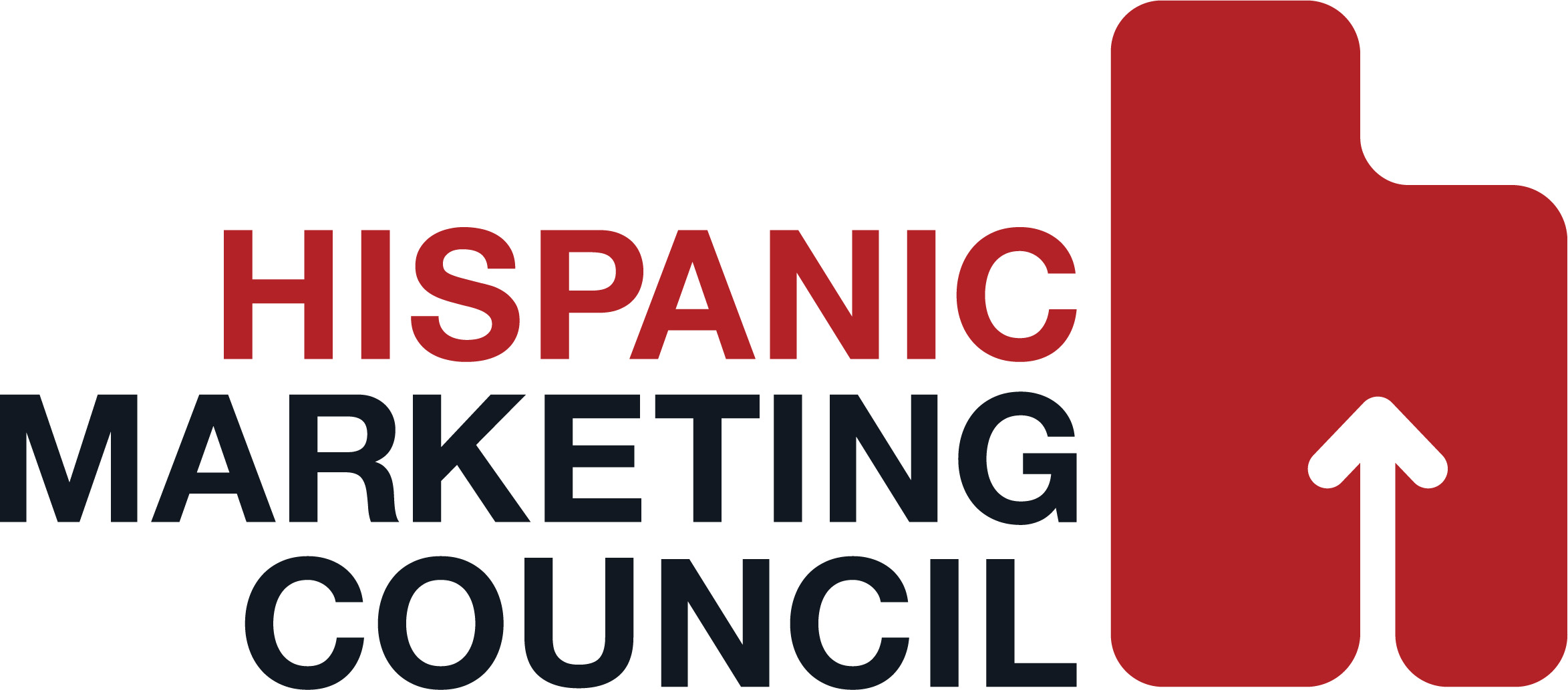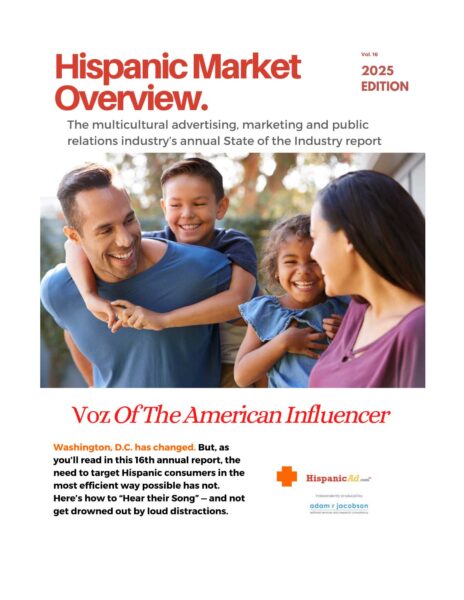Dual Aspects Of U.S. Hispanic Broadband Trends.
October 7, 2005
Young U.S. Hispanics lead the tech vanguard, according to a new report issued by the Tomas Rivera Policy Institute (TRPI) at the University of Southern California. The report, Trends and Impact of Broadband in the Latino Community, illustrates how broadband has become the new telecommunications standard.
Half of online U.S. Hispanics now have broadband at home and its impact has been the greatest among those users who are English-speakers, better educated, live in urban centers and have higher incomes. Many Hispanics fit into those categories, but some Hispanics do not.
“Most Hispanics online are young and are using some of the most cutting edge features of the Internet,” said Elsa Macias, Ph.D., TRPI senior research associate. “With the expansion of broadband technology, there’s a variety of factors that will need to be addressed in order to further deploy broadband services within the Hispanic community.”
The report says these factors include lower prices, applications geared toward Hispanic youth and Hispanic businesses, greater accessibility to broadband service, more Spanish, bilingual and culturally-relevant online content, and continuing to drive home the value of computers and the Internet to Hispanics who are not yet online along with training and e-literacy programs.
“Internet usage requires a certain degree of competence,” Macias said. “Technology can be overwhelming when combined with limited English proficiency. Therefore, facilitating rapid broadband deployment and adoption in the burgeoning Hispanic community should be a policymaking priority.”
The FCC reports that connectivity rates to high-speed Internet services increased dramatically in 2004, from 28.2 million lines to 37.9 million lines. Competition in the marketplace has had a role in spurring broadband penetration. For example, there are two broadband providers in 8 out of 10 zip codes, and three providers in 2 out of 3 zip codes. In addition, lower prices, higher speeds, cheaper PCs, a critical mass of graphical and high-impact content, and better applications have led to substantial broadband Internet participation by U.S. households.
Hispanics who are online tend to be savvy users with high bandwidth needs.
TRPI reports that Hispanics are more likely to download entertainment content and communicate via chat and IM than Internet users in general.
Despite the high adoption rates and usage figures, purchase of computer and Internet services by some Hispanic subgroups have lagged behind that of other groups. TRPI says that non-English speaking Hispanics, who are also more likely to be less affluent, recent immigrants, and/or living in rural areas — all factors predicting lower Internet usage rates — represent an untapped market for broadband services.
TRPI’s report says that price is a factor, but language, online content, ease in using the technology, and level of education will drive Internet participation for those at risk of being left behind.
To download report CLICK below (Adobe Acrobat Reader required):
http://www.trpi.org/PDFs/broadband.pdf
For more information at http://www.trpi.org



























